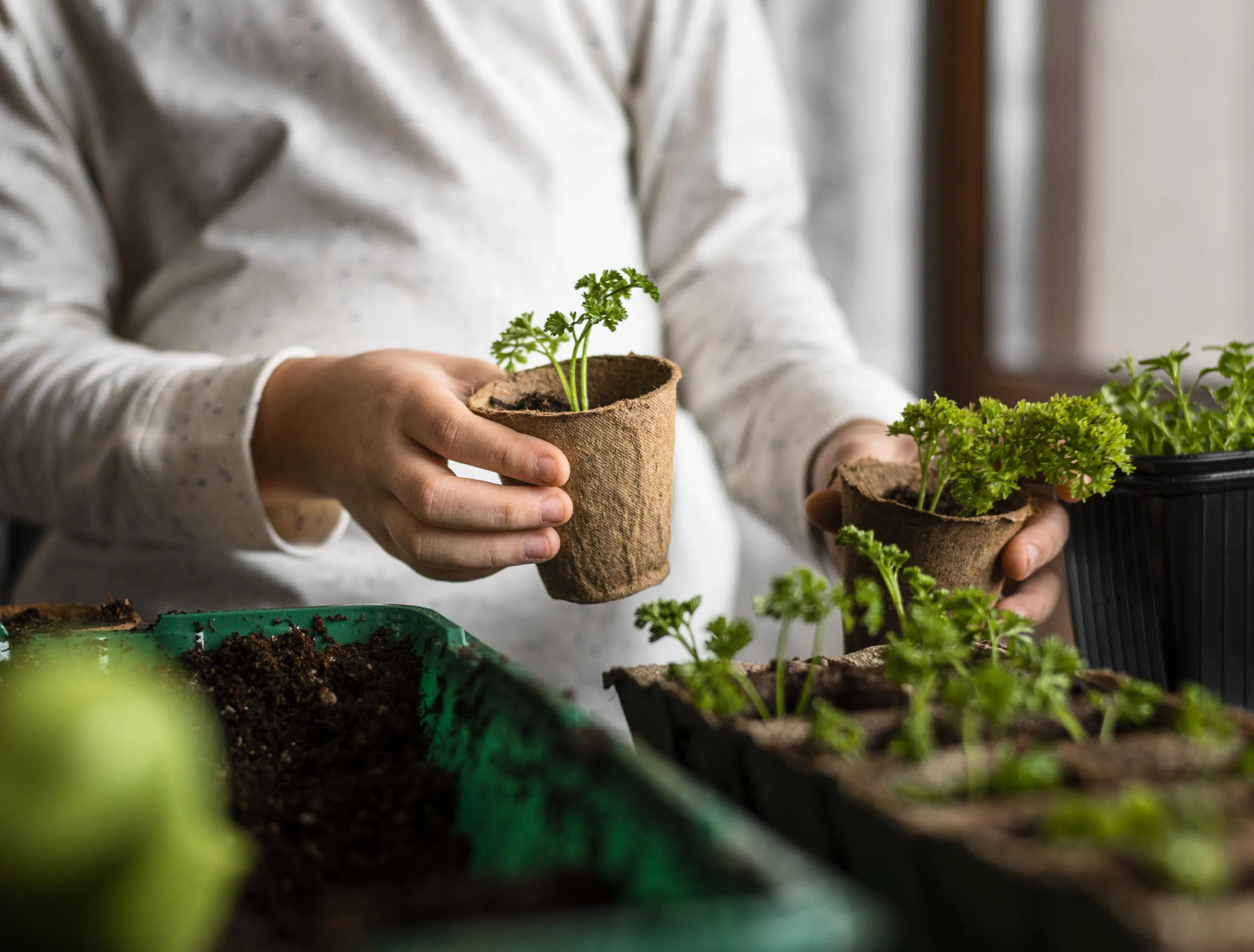
Caring for indoor plants can be overwhelming for new plant parents. However, most houseplants only require occasional maintenance.
It is important to water your plants when the top inch of soil feels dry and avoid overwatering, as it can lead to root rot. Fertilize your plants during the spring and summer months, following the instructions on the label.
Propagate your houseplants by division or other methods to rejuvenate them and create new plants. Repot your plants when the roots are circling the inside of the container, and give your houseplants regular cleaning to remove dust from the leaves.
Pruning your plants can make them look better and prevent them from becoming too large. Regularly remove faded flowers and yellow or withered leaves to encourage more blooms and prevent disease. Deal with common houseplant pests using insecticidal soap or rubbing alcohol. Remove and destroy diseased houseplants or affected parts to prevent the spread of disease.
Key Takeaways:
- Water your indoor plants when the top inch of soil feels dry
- Fertilize your plants during the spring and summer months
- Propagate your houseplants to create new plants
- Repot your plants when the roots are circling the container
- Regularly clean your houseplants to remove dust from the leaves
Guidelines for Watering Indoor Plants
Proper watering is crucial for the health and growth of indoor plants. By following these guidelines, you can ensure that your plants receive the right amount of water:
- Check the top inch of soil: Before watering, always check the moisture level of the soil by inserting your finger about an inch deep. If the soil feels dry, it’s time to water. Avoid overwatering, as it can lead to root rot.
- Water at the base of the plant: When watering, direct the water at the base of the plant, near the roots. This allows the roots to absorb water more efficiently.
- Use room temperature water: Avoid using cold or hot water, as extreme temperatures can shock the plants. Room temperature water is ideal for watering indoor plants.
- Empty excess water from the saucer: After watering, check if there is any excess water in the saucer beneath the pot. If there is, empty it to prevent waterlogging, which can also lead to root rot.
Watering Frequency for Different Types of Indoor Plants
| Type of Plant | Watering Frequency |
|---|---|
| Succulents and cacti | Water sparingly, allowing the soil to dry out completely between waterings. |
| Foliage plants | Water when the top inch of soil feels dry, usually once a week. |
| Flowering plants | Water when the top inch of soil feels slightly dry, usually every 5-7 days. |
Remember that these watering guidelines may vary depending on environmental factors such as temperature, humidity, and the size of the plant. Monitor your plants closely and adjust your watering routine accordingly.
Providing the Right Amount of Light
Proper lighting is crucial for the growth and overall health of indoor plants. Understanding the light requirements of your plants will help you provide the optimal conditions for their well-being.
Different plants have different preferences when it comes to light, so it’s important to choose the right spot for each plant in your home.
Indoor plants that require high light levels should be placed near a south-facing window where they can receive bright, direct sunlight.
Plants that prefer moderate light can thrive in east or west-facing windows, where they will receive filtered sunlight. If you have plants that prefer low light conditions, choose a north-facing window or a spot away from direct sunlight.
If your space lacks natural light or you don’t have suitable windows, you can supplement it with artificial light sources. Fluorescent lights, specifically those labeled as “grow lights,” can provide the right spectrum of light that plants need for photosynthesis.
Adjust the duration of light exposure based on the type of plant, with flowering plants generally requiring 12-16 hours of light and foliage plants needing 14-16 hours.
Light Requirements for Common Indoor Plants
| Plant Name | Light Requirement |
|---|---|
| Pothos | Moderate to low light |
| Snake Plant | Low to indirect light |
| Spider Plant | Moderate to bright, indirect light |
| Peace Lily | Medium to low light |
| Rubber Plant | Bright, indirect light |
| ZZ Plant | Low to indirect light |
It’s important to remember that direct sunlight can be detrimental to indoor plants, causing leaf burn. If your plants are receiving too much sunlight, you can use sheer curtains to diffuse the intensity or move them further away from the window. Regularly rotate your plants to ensure even growth and prevent them from leaning towards the light source.
By providing the right amount of light, whether it be natural or artificial, you can help your indoor plants thrive and maintain their vibrant beauty.
Maintaining the Right Humidity Levels
Proper humidity levels are crucial for the health and well-being of indoor plants. Creating a suitable environment that mimics their natural habitat will help your plants thrive. In this section, I will provide you with essential tips on how to maintain the right humidity levels for your houseplants.
Grouping and Using Humidifiers
One effective method to increase humidity is by grouping plants together. As plants transpire, they release moisture into the air, creating a microclimate with higher humidity levels. Cluster plants with similar humidity requirements in a humid corner of your home.
Another option is to use a humidifier. Placing a humidifier near your plants can help maintain optimal humidity levels. Set the humidifier to a level that suits the specific needs of your plants. Remember to refill the water regularly to keep the humidity consistent.
| Plant Name | Preferred Humidity Level |
|---|---|
| Philodendron | 40-60% |
| Ferns | 50-70% |
| Bromeliads | 50-60% |
| Orchids | 40-70% |
Using Pebble Trays and Misting
For an easy and inexpensive way to increase humidity, you can create a humid microclimate by using pebble trays. Fill a tray with small pebbles and add water until it reaches just below the surface of the pebbles.
Place your potted plants on top of the pebbles, ensuring that the water does not touch the pots. As the water evaporates, it will humidify the air around the plants.
Additionally, misting your plants with distilled water can help increase humidity. Use a spray bottle to mist the leaves, focusing on the undersides where the stomata are located. This method is particularly useful for plants that prefer higher humidity levels, such as tropical plants.
Remember to monitor the humidity levels regularly and make adjustments as needed. By providing the right amount of humidity, you can create a thriving environment for your indoor plants.
Using Fertilizers and Nutrients
Indoor plants require a regular supply of nutrients to ensure healthy growth and vibrant foliage. Fertilizing your plants is an essential part of their care routine, providing them with the necessary elements they may not receive from potting soil alone.
Types of Fertilizers
When choosing a fertilizer for your indoor plants, opt for a balanced blend that contains equal parts nitrogen, phosphorus, and potassium (N-P-K). This ensures a well-rounded nutrient supply for most houseplants.
Different plants may have specific needs. Flowering plants, for example, benefit from a fertilizer with a higher potassium content, while foliage plants thrive with nitrogen-rich formulas.
There are two main types of fertilizers: liquid and granular. Liquid fertilizers are mixed with water and applied directly to the soil during watering, providing immediate nutrition to the plants.
Granular fertilizers, on the other hand, are slow-release and are applied to the surface of the soil. They gradually release nutrients over time, providing a constant supply of nourishment to the plants.
How to Fertilize Indoor Plants
Before applying fertilizer, it is crucial to water your plants thoroughly to prevent root burn. Follow the instructions on the fertilizer package to determine the appropriate dosage for your specific plants. It is generally recommended to dilute the fertilizer with water to avoid over-fertilization.
Recommended Fertilizers for Different Plant Types
| Plant Type | Recommended Fertilizer |
|---|---|
| Succulents and cacti | A low-nitrogen fertilizer, diluted to half strength |
| Flowering plants | A high-potassium fertilizer, diluted as per instructions |
| Foliage plants | A balanced N-P-K fertilizer, diluted as per instructions |
| Tropical plants | A fertilizer with micronutrients and a balanced N-P-K ratio, diluted as per instructions |
Once you have applied the fertilizer, continue regular watering and monitor your plants for any signs of over-fertilization, such as burnt or yellowing leaves. Adjust the frequency and amount of fertilizer as needed to meet the specific requirements of your indoor plants.
Pruning and Maintenance
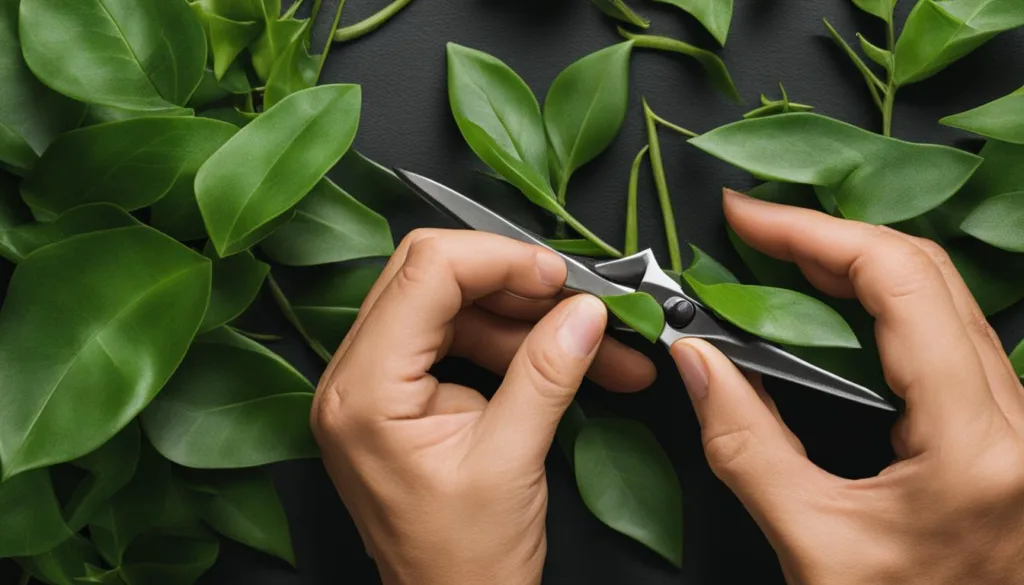
Proper pruning and maintenance are key to keeping your indoor plants healthy and thriving. Regular pruning helps to remove dead or damaged branches and stems, promotes fuller growth, and prevents your plants from becoming too large.
Maintenance tasks such as cleaning the leaves and checking for pests or diseases play an important role in the overall health of your plants.
Pruning Tips
When it comes to pruning indoor plants, there are a few things to keep in mind. First, always use clean, sharp scissors or pruners to make clean cuts. This helps reduce the risk of infection and promotes faster healing.
Begin by removing any dead or yellowing leaves, as well as any stems or branches that are crossing or rubbing against each other. This will help improve airflow and prevent the spread of diseases.
If your plant is becoming too large or leggy, you can also trim back the top growth to encourage branching and bushier growth. When pruning, make cuts just above a leaf node or bud to encourage new growth in that area. This will help your plant maintain a more compact and attractive shape.
Maintenance Tips
Regular maintenance tasks are important for keeping your indoor plants looking their best. One important task is cleaning the leaves to remove dust and debris.
You can do this by gently wiping the leaves with a damp cloth or sponge, or by giving them a gentle shower with room-temperature water. Cleaning the leaves not only improves their appearance but also helps the plant absorb more light for photosynthesis.
In addition to cleaning, it’s important to regularly check your plants for pests or signs of disease. Most common houseplant pests, such as aphids or spider mites, can be treated with insecticidal soap or rubbing alcohol.
If you notice any signs of disease, such as fungal growth or discoloration, it’s important to remove and destroy the affected parts to prevent the spread to other plants.
Pruning and maintenance are essential for the health and appearance of your indoor plants. By regularly pruning your plants and performing maintenance tasks such as cleaning the leaves and checking for pests or diseases, you can ensure that your plants thrive and continue to bring beauty and greenery into your home.
Preventing Pest Infestations
Indoor plants can bring beauty and freshness to any space, but they are also susceptible to pest infestations. These unwanted visitors can harm your plants and disrupt their growth. To keep your houseplants healthy and pest-free, it is important to take preventive measures and promptly address any signs of infestation.
Identifying Common Pests
Several pests can wreak havoc on your indoor plants, including aphids, spider mites, and fungus gnats. Aphids are small, soft-bodied insects that feed on plant sap, causing leaves to curl and distort.
Spider mites are tiny pests that suck the juices from plants, leaving behind webbing and yellowed leaves. Fungus gnats are small flies that lay their eggs in moist soil and feed on decaying organic matter.
Preventive Measures
Preventing pest infestations starts with good plant care practices. Here are some preventive measures to keep pests at bay:
- Inspect new plants: Before bringing new plants into your home, carefully inspect them for any signs of pests or diseases. Quarantine new plants for a few weeks to ensure they are pest-free.
- Maintain cleanliness: Keep your indoor space clean and free from debris, fallen leaves, and dead plant material. Regularly remove dust from leaves using a soft cloth or gentle shower.
- Monitor watering: Overwatering can create a favorable environment for pests. Avoid letting water sit in saucers for extended periods and ensure proper drainage.
- Enhance air circulation: Good airflow can help prevent fungal diseases and discourage pest infestations. Use fans or open windows to improve air circulation around your plants.
Dealing with Infestations
If you notice signs of pest infestations, it is crucial to take immediate action to prevent further damage to your plants. Here are some methods for addressing infestations:
- Isolate affected plants: Remove infested plants from other healthy plants to prevent the pests from spreading.
- Insecticidal soaps and oils: Use insecticidal soaps or oils to target and kill soft-bodied pests like aphids and spider mites. Follow the instructions on the product label for safe and effective use.
- Biological controls: Consider using beneficial insects like ladybugs or predatory mites to naturally control pest populations.
- Sticky traps: Place sticky traps near affected plants to catch flying pests like fungus gnats.
| Pest | Description | Prevention | Treatment |
|---|---|---|---|
| Aphids | Small, soft-bodied insects that suck plant sap | – Inspect new plants before bringing them indoors – Maintain cleanliness and good hygiene – Encourage natural predators like ladybugs | – Use insecticidal soaps or oils – Remove infested leaves or plants – Introduce beneficial insects |
| Spider Mites | Tiny pests that feed on plant juices and spin webbing | – Regularly clean and dust your plants – Increase humidity to discourage mites – Use proper watering techniques | – Spray plants with water to dislodge mites – Apply neem oil or insecticidal soap – Remove heavily infested leaves |
| Fungus Gnats | Small flies that lay eggs in moist soil | – Avoid overwatering and excess moisture – Use well-draining potting soil – Allow soil to dry between waterings | – Let the soil dry out between waterings – Place sticky traps to catch adult gnats – Apply Bacillus thuringiensis (BT) to kill larvae |
Identifying and Addressing Plant Issues
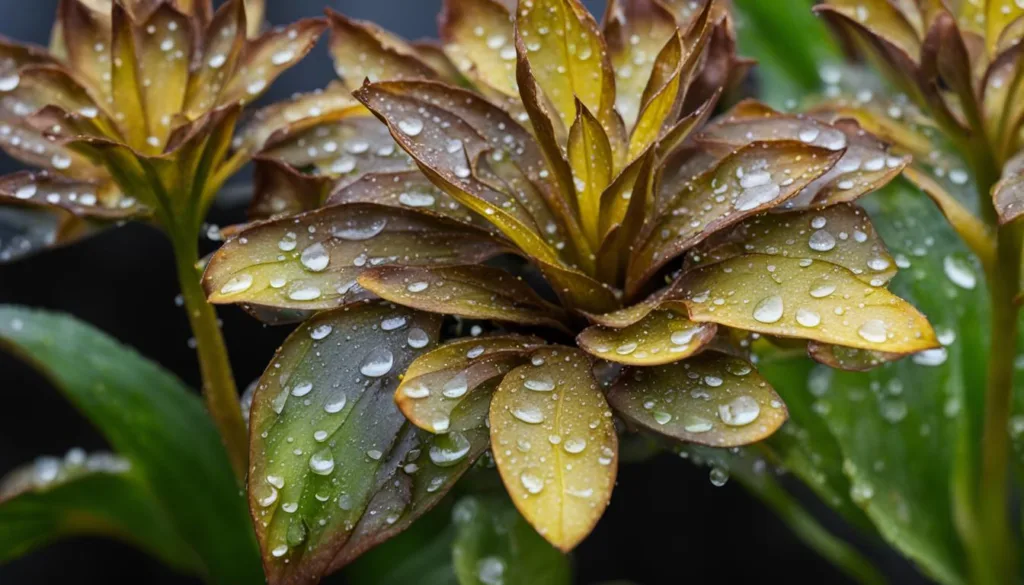
Indoor plants can encounter various issues that may cause concern for plant owners. It is important to be able to identify and address these problems promptly to ensure the health and vitality of your plants. Here are some common indoor plant problems and their possible solutions:
Discoloration:
One common issue with indoor plants is discoloration of leaves. This can be caused by various factors, including nutrient deficiencies, over or under-watering, improper lighting, or pests. To address discoloration, examine the plant closely and assess its care routine. Adjust watering, lighting, or nutrients as needed. Remove any affected leaves to prevent further damage and monitor the plant’s progress.
Slow Growth:
If your indoor plants are not growing as expected, it could be due to a lack of nutrients, inadequate lighting, or incorrect watering. Ensure that your plants are receiving the right balance of fertilizers and nutrients according to their specific needs. Adjust the lighting conditions, providing adequate exposure to natural or artificial light. Additionally, review your watering routine to ensure it is appropriate for the plant species.
Wilting:
Wilting is often a sign of either under or over-watering. Check the moisture level of the soil by inserting your finger into it. If the soil feels dry, it may need watering, while soggy soil indicates over-watering.
Adjust your watering schedule accordingly, allowing the soil to partially dry out between waterings. Ensure proper drainage in pots and remove any excess water from trays or saucers. If wilting persists, consider other factors such as lighting, temperature, or pests.
By identifying and addressing these common plant issues in a timely manner, you can help your indoor plants thrive and maintain their beauty. Regular monitoring, adjusting care routines, and providing the necessary solutions will ensure the health and longevity of your indoor plant collection.
Choosing the Right Houseplants
When it comes to selecting indoor plants, it’s important to consider their specific needs and your ability to provide the necessary care. One of the key factors to consider is the light requirements of the plants.
Assess the amount of natural light available in your space, taking into account factors such as the direction of windows and any obstructions. This will help you choose plants that can thrive in the available lighting conditions.
For beginners or those with a busy schedule, low-maintenance plants are a great choice. These plants typically have a higher tolerance for irregular watering and varying light conditions, making them more forgiving for those who may forget to water or move them around. Some examples of low-maintenance plants include pothos, snake plants, and ZZ plants.
Before bringing a new plant home, be sure to research its specific care requirements. This includes understanding how often to water, the ideal lighting conditions, and any specific temperature preferences.
Knowing this information will help you provide the best possible care for your houseplants and ensure their long-term health and vitality.
Lastly, it’s important to purchase your indoor plants from reputable sources. While general department stores or supermarkets may offer a wide variety of plants, the quality and care these plants receive may not be as reliable.
Instead, consider visiting local nurseries or specialty plant shops where the staff can provide expert advice and guidance on selecting the right plants for your home.
FAQ
How often should I water my indoor plants?
Water your indoor plants when the top inch of soil feels dry. Avoid overwatering to prevent root rot.
How do I know if my indoor plants need more or less water?
Check the top inch of soil for dryness. Succulents and cacti require less water, while flowering plants may need slightly more.
How much light do indoor plants need?
The amount of light depends on the type of plant. South-facing windows provide bright light, east and west-facing windows give moderate light, and north-facing windows provide low light.
Can I place my indoor plants in direct sunlight?
It is best to avoid placing indoor plants in direct sunlight, as it can lead to leaf burn. Use sheer curtains to diffuse intense sunlight if needed.
How can I increase humidity for my indoor plants?
Grouping plants together, using a humidifier, placing pebbles in a tray with water, or misting the plants with distilled water can help increase humidity.
How often should I fertilize my indoor plants?
Fertilize your indoor plants during the spring and summer months, following the instructions on the label. Avoid over-fertilizing.
How do I prune my indoor plants?
Remove dead branches or stems, trim faded flowers, and prune above leaf nodes to encourage fuller growth. Regular pruning helps maintain the overall appearance of the plant.
How can I prevent pest infestations in my indoor plants?
Use insecticidal soap or rubbing alcohol to treat soft-bodied pests. Forcefully spraying water can also help get rid of pests. Remove and destroy diseased plants or affected parts.
What should I do if my indoor plants encounter issues like discoloration or wilting?
Monitor your plants for signs of dehydration or overhydration and adjust your watering accordingly. Maintain appropriate lighting conditions and stable temperatures. Seek advice from online resources or a plant expert if needed.
How should I choose the right houseplants?
Consider the light requirements of the plants and your ability to provide care. Opt for low-maintenance plants if you have a busy schedule. Research the specific care needs of each plant before purchasing.

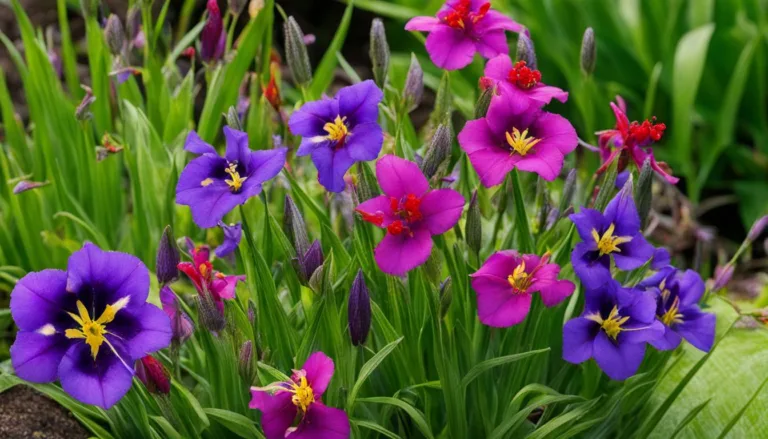
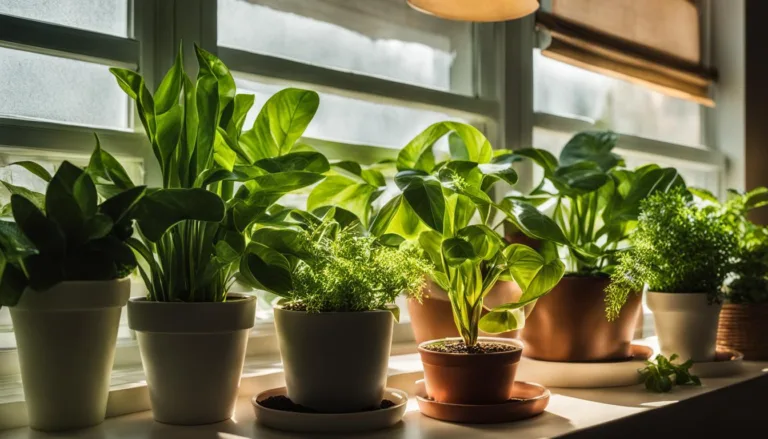
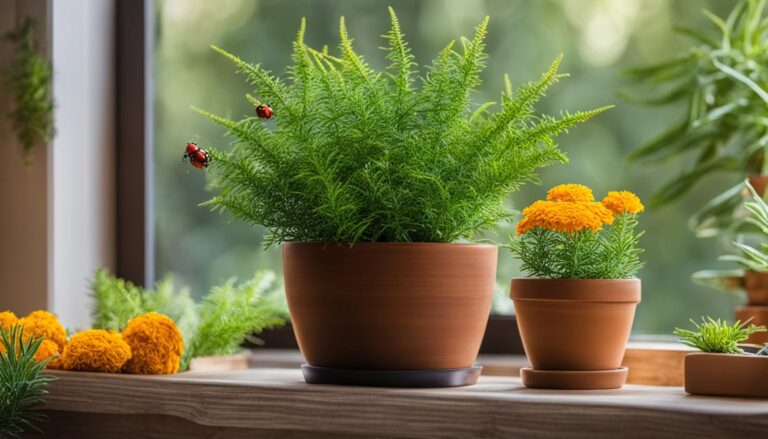
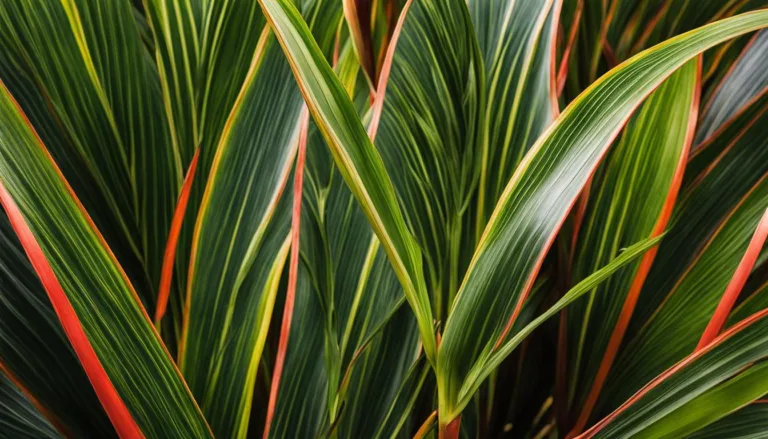
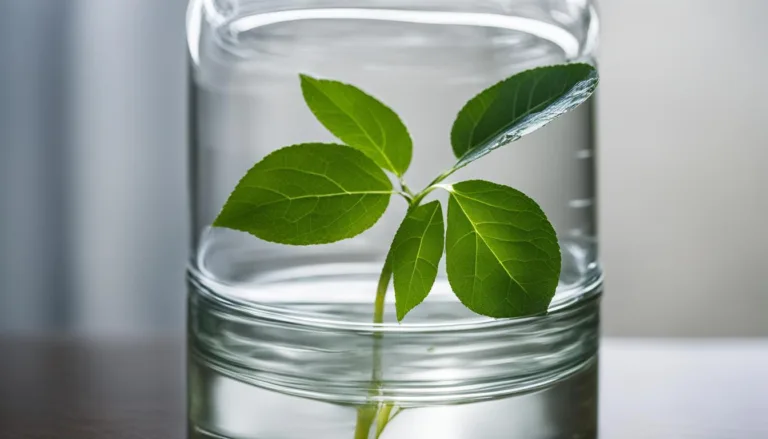
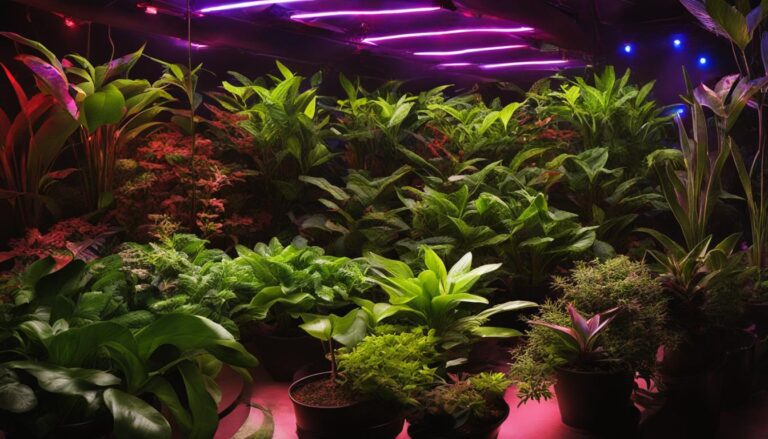
One Comment
Comments are closed.